We kickstarted our (East) Balinese cultural education not with a visit to one of the many temples; instead we went for a walk at the Water Palace of Tirta Gangga. The “Blessed water from the Ganges” is a beautiful complex which incorporates fountains (the centrepiece is an eleven tiered fountain), pools (for swimming, with water from its natural spring), ponds (for lily and koi), stone carvings, statues and a small temple among its lush and meticulously-kept gardens.
The water palace is not very old, built only in the late 1940s by the last King of Karangasem. Following damages caused by the 1963 eruption of Mount Agung, it was rebuilt and restored to its present form, and has been well-maintained since. For visitors who would like to dine with a view, restaurants with balconies adjacent to the water palace offer a premium view and presumably with a premium price tag too.
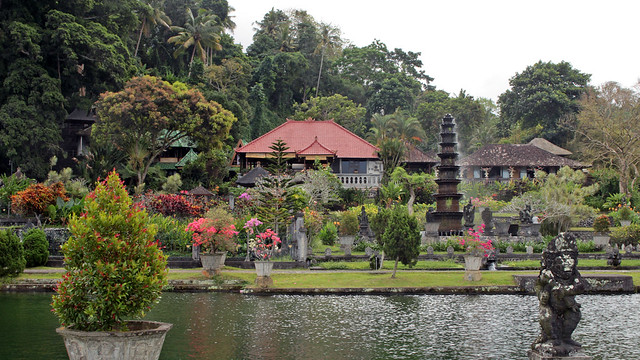
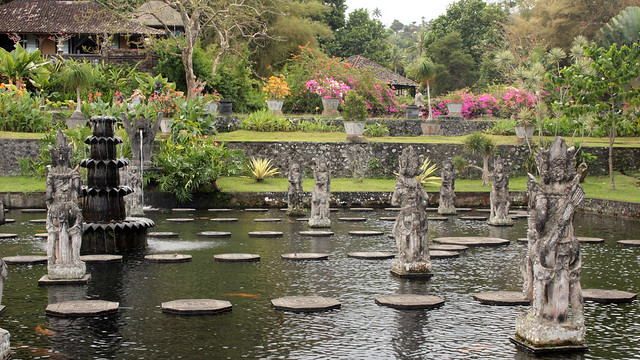
Continue reading »
Our few days of roaming around Morbihan came quickly to a close, and we found ourselves driving back to my in-laws to drop their car back (they had kindly lent us one for the trip). En route, we made a couple more quick stops, in the small towns of Locmariaquer and La Roche Bernard.
Locmariaquer is well-known for the largest menhir to be erected but sadly this broken menhir of Er Grah now lies on the ground in four pieces, adjacent to a famous dolmen, Table des Marchands. We debated visiting the site but given the lacklustre guided tour that morning at Carnac, my fellow road-trippers were less enthusiastic about it. Instead, we wandered around the port area for a little bit, had a very late lunch, and set off again.
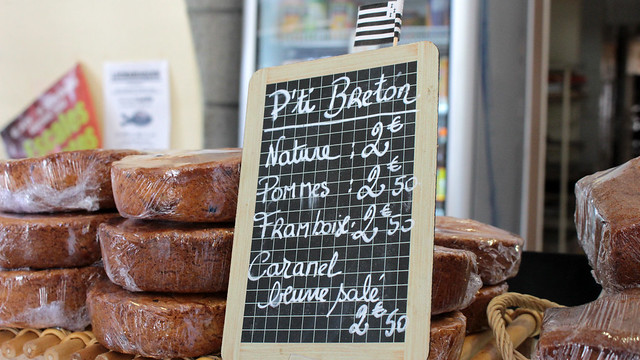

Continue reading »
What a glorious day it was, when we drove our way down to Quiberon. A former island in the Atlantic ocean until the 11th century, when formation of a tombolo changed its landscape and connected the island to the mainland, creating a peninsula with an isthmus that sports a width of mere 22m at its narrowest point.
The key to truly enjoy the coastal front of the Côte Sauvage is to avoid the chock-a-block main road, particularly during the summer holiday season, that goes through St-Pierre-Quiberon down to Quiberon. Instead, on passing the tombolo and immediately on arrival of the former island, take a right turn in the direction of Portivy. From there, it’s a straight drive along the coast. Better still, park the car and take a long, invigorating walk while admiring the wild coast which sees waves after waves crashing in.
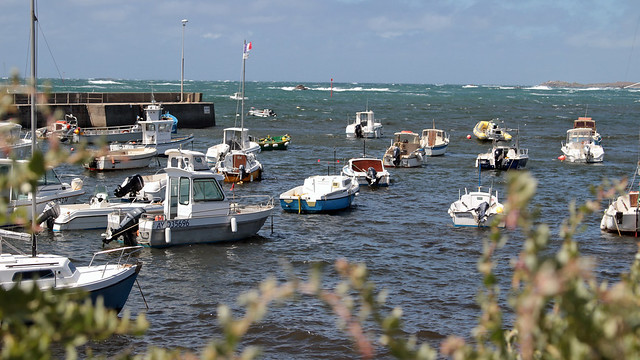
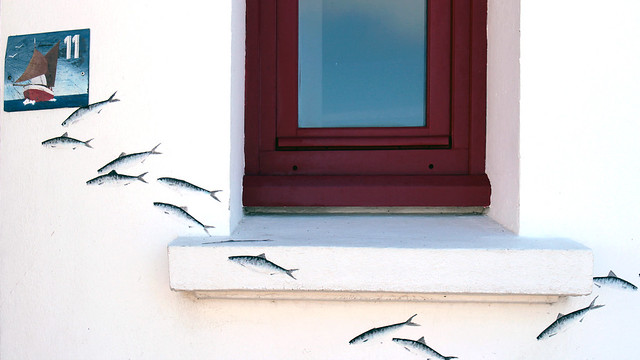
Continue reading »
Another month, another wedding to attend. While July’s wedding took us to Dijon for a weekend, August saw us heading to Morbihan (southern Brittany) for a handful few days to celebrate the marriage of one of my best friends from my Dublin days. While we were there, as you may have guessed – road trip!
One of our post-wedding sightseeing stops in the region was Saint Cado, a small islet just to the north of Belz. It is such an idyllic village, set with stone and whitewashed houses surrounding a chapel that was built in the 12th century on the site originally founded in the 6th century, and flat green fields that occupy the eastern half of the islet. It is also surrounded by structures that indicate oyster farming as the main economic activity off its immediate bay today. Between the islet and the mainland, a singular stone house is seen to sit on another small rock island in the middle of Ria d’Etel.
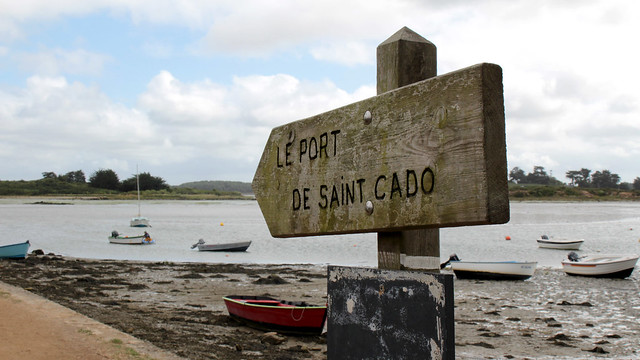
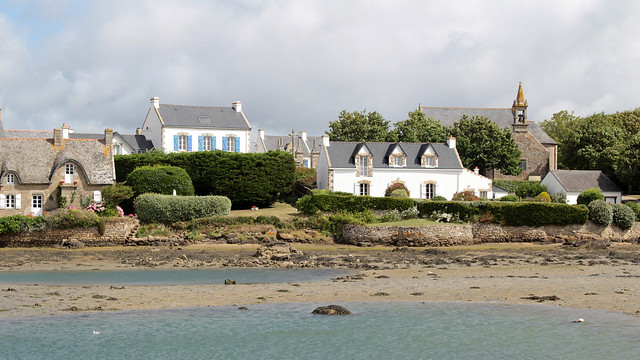
Continue reading »
There is no doubt that Oia is high on the touristic scale. Come evening, for the sake of the beautiful sunset, everyone seems to flock to this little northern village of Santorini. The marble-paved streets may see constant footfall throughout the day but in the morning, calm can easily be found, along with foggy vista thanks to the high level of humidity.
I’ll let the 30 photos below show you what the village of Oia is like, in the wispy morning, under the hot afternoon sun, and transitioning between the last lights of the day and the night. [Hover over photo for captions as usual]
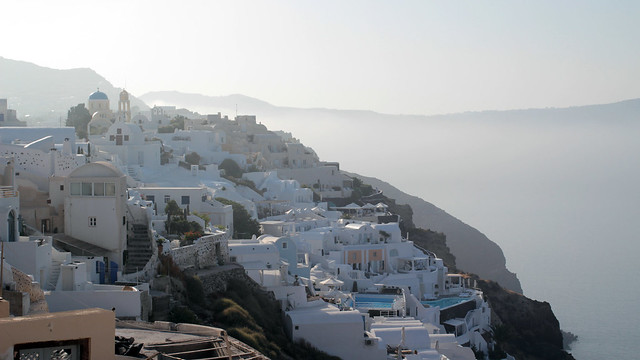
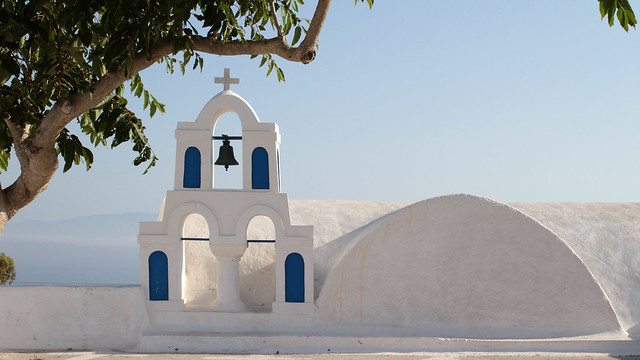
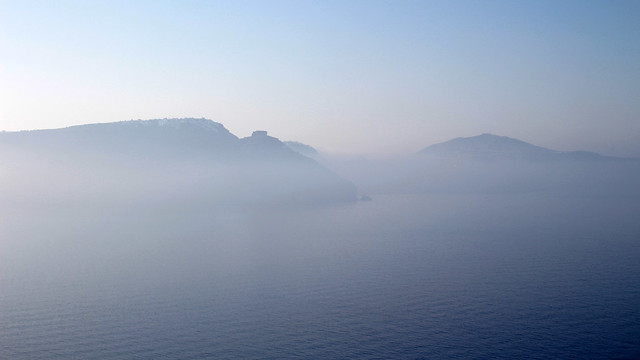
Continue reading »
The mere mention of Greece easily conjures up the image of white-washed buildings with blue windows and doors, or blue-domed roofs. Taking advantage of the colour selection mode on my trusty point-and-shoot, here’s my attempt to show you just how well-loved blue (and white) is, especially in the Cyclades.

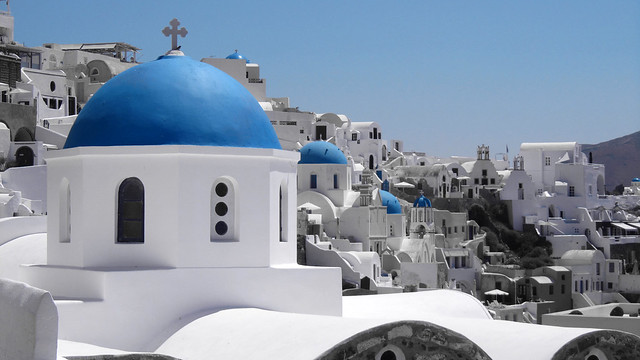
Continue reading »
Santorini is one of the most beautiful islands that I’ve been. After wistfully going through photo albums of several friends who visited this very Cyclades island last year, I decided to push it up high on my priority list as well as into my 101 goals list, which is met by F’s approval. It is a very popular holiday destination, and there are good reasons for it – picturesque villages, friendly locals, ease of communications, delicious food (and wine), fascinating (geological) history, sunny weather, intense sunset – take your pick.
The village of Oia (pronounced “ee-yah”, not “oy-yah”; also written as Ia) is the one spot everyone seem to converge come every evening. There are other view points on the island for beautiful sunset, but between various recommendations (and a good dose of clever tourism marketing I guess), Oia becomes *the* prime sunset-watching spot. We tried to photograph the sunset – something not particularly easy as we attempted to master our new camera – from various points of Oia and not just where everyone goes. It does get uncomfortably crowded with everyone clamouring for the perfect view of the sunset!
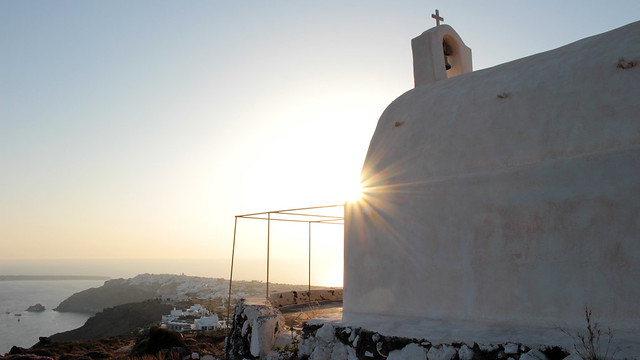

Continue reading »
The largest cathedral in France (you could put two Notre Dame de Paris in it!) also possesses the tallest nave for a complete cathedral in the country. It stood proud before me on a glorious Wednesday morning when I was in Amiens and yet I was at lost on photographing it with Frédéric’s few-days-old camera. The small manual that I’ve grabbed on my way out of our apartment sat in my bag; I didn’t have the time to consult it page by page, nor the patience to. I would just have to make do somehow.
Amiens Cathedral is a Gothic cathedral which construction began in the 1220 under the instruction of Bishop Evrard de Fouilly, while three architects – Robert de Luzarches, Thomas de Cormont, and Renaud de Cormont – oversaw the works. These men are commemorated through an octogonal plate embedded within the floor of the cathedral, enclosed within a labyrinth. Standing at 112.7m in height, its nave stretched an impressive 42.3m, giving it the real meaning (esp back in the 13th century) of reaching for God and the heaven. With multicoloured stained glass and imposing sculptures that recount religious stories to the populace, the cathedral in its entirety was deemed worthy to be listed as a UNESCO World Heritage Site in 1981.
(Hover over photos as usual for captions)
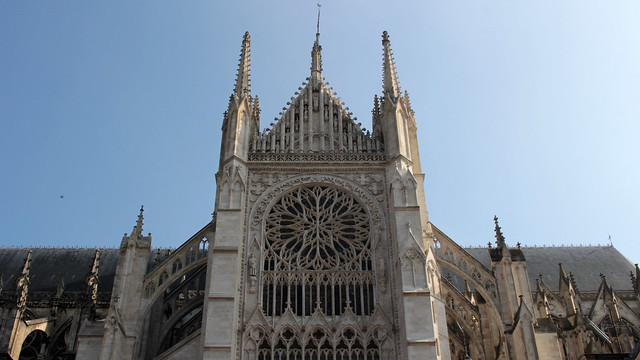
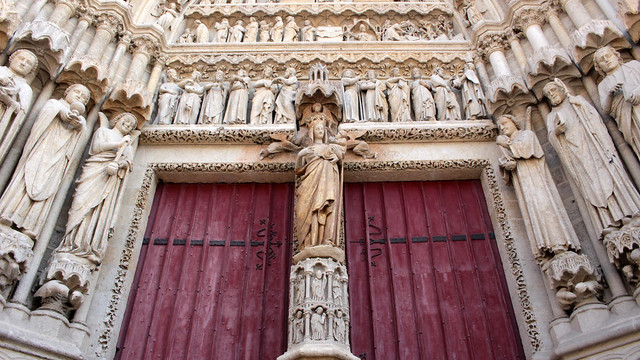
Continue reading »
On our final morning in Dublin, we woke up at the ungodly hour of six in the morning. Frédéric had been a little restless through the night. The unpredictable Irish weather had rendered our planned cliff walk from Bray to Greystone a no-go on the previous day, and he really hated the idea of leaving the excursion to another trip. He had stealthily checked the weather right before waking me up, and quietly declared “it IS clear this morning so shall we go to Bray?”
I groaned at remembering my promise from a few hours earlier that we would go if it’s not raining in the morning. Unfortunately, we could not leave any later either or we risked not getting back in time for our lunch meeting with Nora. Bray and Greystone are situated to the south of Dublin, of which travel time by DART from Lansdowne Road (the station closest to us, 10-12 minutes walk) takes about 35 minutes and 45 minutes respectively. A trail of cliff walk of about 6km separates the edges of these two small towns and here are some photos from the walk.
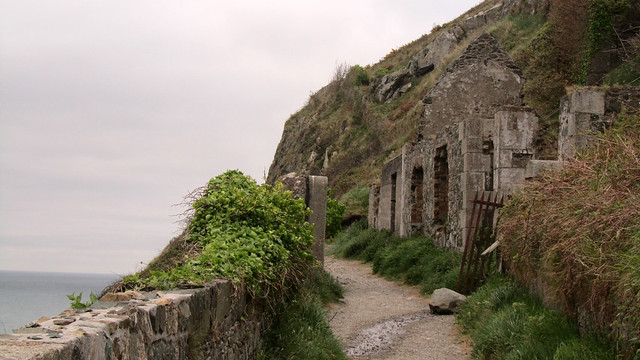

Continue reading »
Drizzle, drizzle – just another typical Irish weather that greeted us in Galway. Like good troopers, we pressed on with the second part of our express roadtrip to the west coast. Direction: Connemara.
We hurtled down the small and windy roads of the region, while keeping an eye out for spots we’d like to take a break and enjoy at the same time. It was not always easy to find shoulders where we can safely parked though – the roads that are good for one-vehicle access in both direction often border ditches. Half-parking the car between the shoulders and the roads is a no go as oncoming traffic of some 100km/h at bends means certain blindspots that could very easily lead to some nasty bangs.
As the morning progressed, the sky did clear up considerably. We were lucky too, that for most part, it was rainy while we made our way in the car but when we stopped for photo-ops, the rain abated or ceased altogether, at times accompanied by bright blue and sunny sky. Couldn’t really complain about that now, can we? ;)
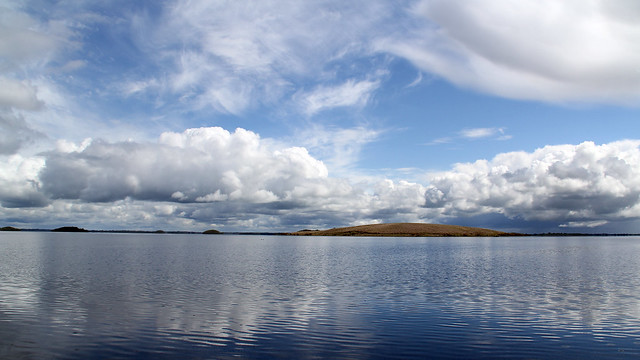
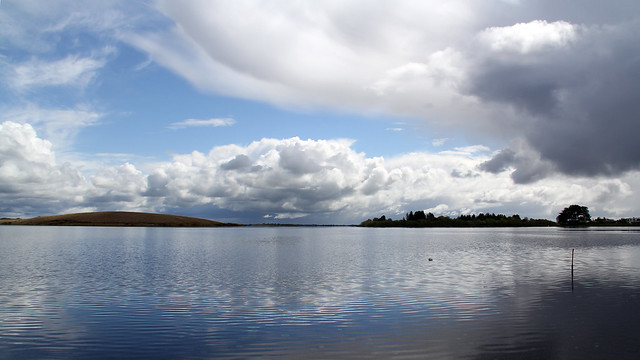
Continue reading »

































